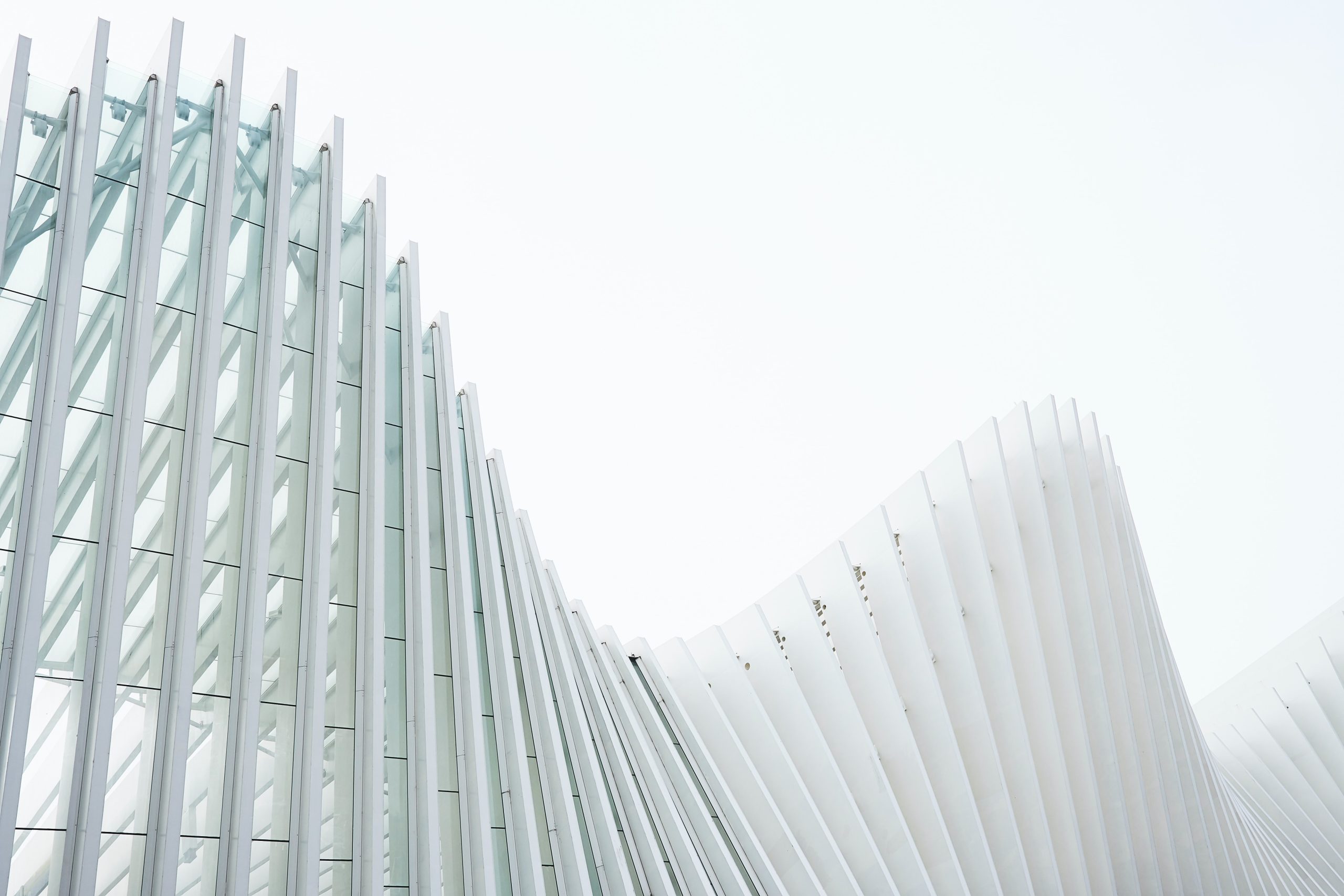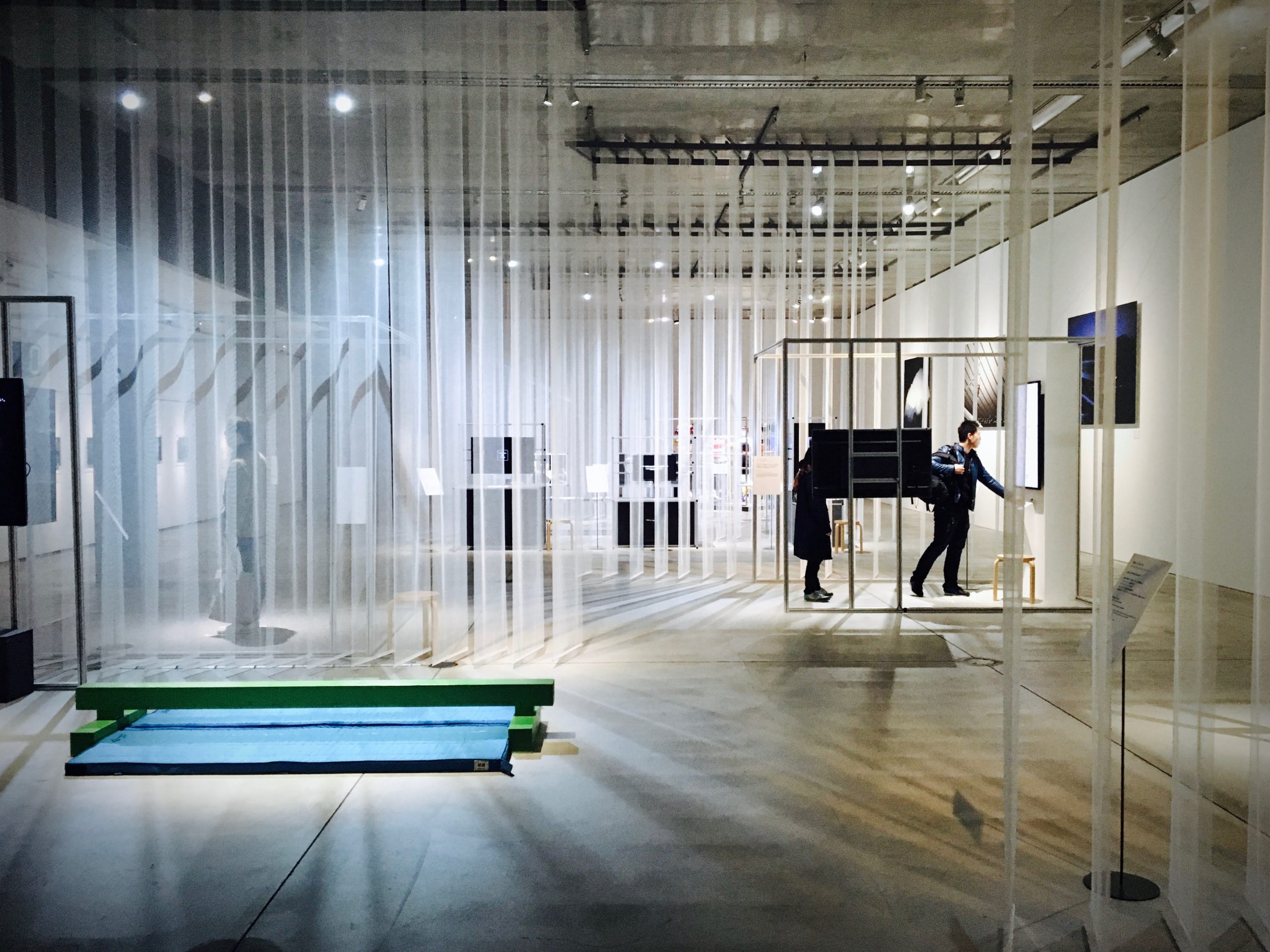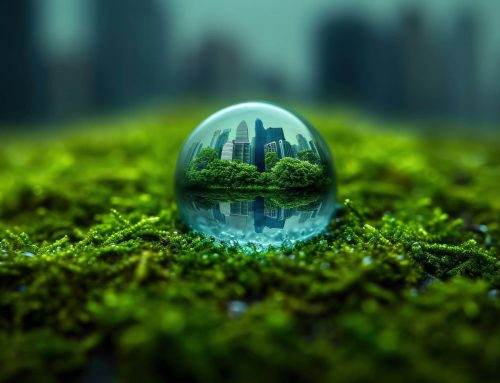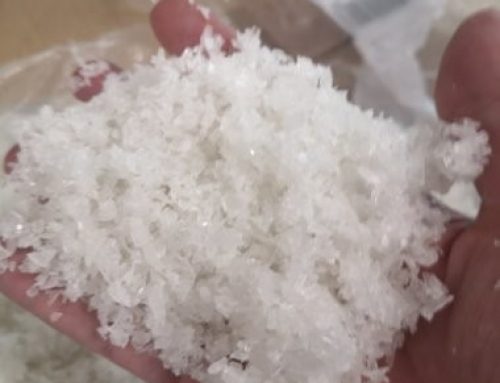In our blog we have already talked about how glass is an ancient material and how, over the course of history, it has allowed humans to create an infinity of objects and constructions. However, we have not yet talked about how much glass is part of the future of mankind, and there is an international debate on this both on a political-economic and scientific level.
To begin with, glass must be recognized as being one of the best materials (if not the best) for the preservation of food and drinks, but it also has great importance for transport and has now played a very important role in the construction sector for more than a century. Besides this, among other things, it must also be recognized as a material that goes very well with the strategies on recycling and renewable energy, it is important for communication and as if this were not enough it has also acquired an important role in medical and scientific fields.

We also know that its use is potentially infinite (if recycled properly, an issue on which SUNRISE is at the forefront) and has unique characteristics such as inertia and resistance to many corrosive agents. Furthermore, the glass is extremely resistant to thermal shocks and is able to absorb or reflect light depending on the process applied to it. And then of course it is an excellent insulator and its surface can be made harder or more elastic as needed.
Now that we have explored the uses that have been made of glass for a short or long time, it is time to talk instead about what we can expect from the future of this incredible and extremely ductile material. In the future, for example, glass can be used as a special surface with different capacities, such as smart mirrors or window panes capable of increasing and decreasing, if necessary, the amount of light they let into interior spaces, as well as the degree of reflection.

And there’s more. If we had glass stronger than the strongest types of glass from now, there would be even more opportunities to design new products. For example, they could become as thin as current plastics are and allow for a variety of other applications. Another interesting application could be integration with OLEDs. Unlike in glass, OLEDs have an organic component and this differentiates their performance. They can be integrated into a glass for various design purposes and bring audiovisual enhancements to your products.
Finally, it is no secret that many companies are working on increasingly thin glass that can bend without ever breaking or deteriorating, and this opens the door to an infinity of other applications that could really make glass the ultimate replacement for plastic.

In the future we could therefore have smart bottles or containers, even more efficient solar panels on the roofs of our homes or offices, mirrors capable of providing us with some data on our state of health, glass jewels capable of taking our heartbeat and blood pressure and so on.
In short: the future is bright, but also transparent, like glass!
Did you find this article interesting? Why not share it then! If you want to read more from SUNRISE Project’s Blog click here.
More about this subject:





Leave A Comment